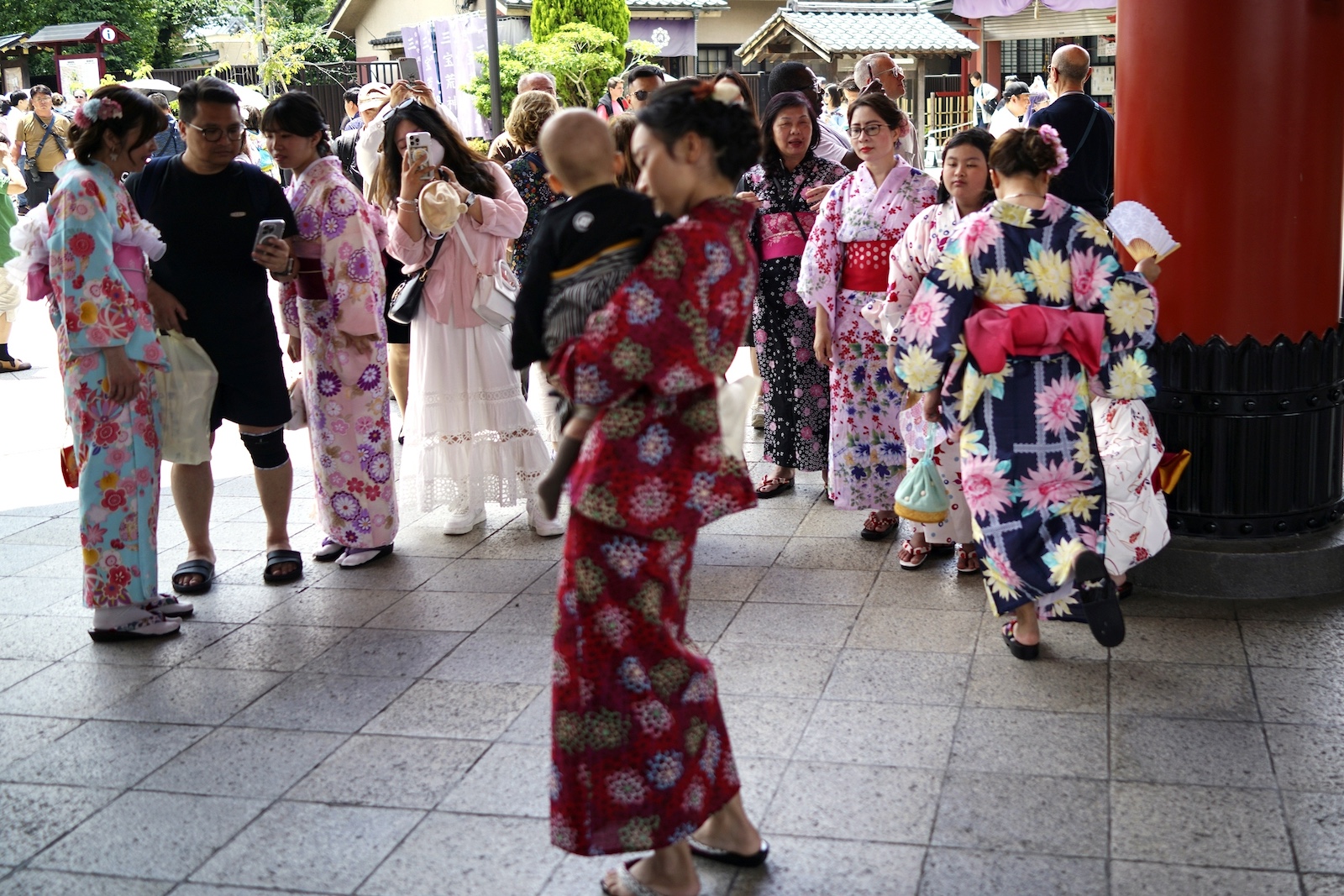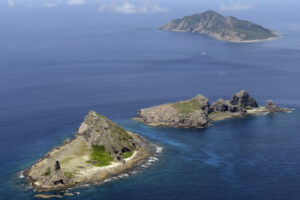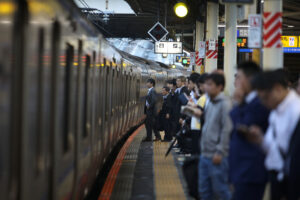Tokyo, 4 June, /AJMEDIA/
Japan’s revenue from its international tourism tax was likely to have tripled in fiscal 2023 from a year earlier to around 40 billion yen, buoyed by a sharp increase in foreign tourists after the removal of coronavirus-related restrictions, government officials said Monday.
Since 2019, Japan has been collecting 1,000 yen per traveler leaving the country. For fiscal 2023, the country has so far raked in 36.2 billion yen, with an additional 3 billion yen expected when the full-year figure is finalized, according to Finance Ministry officials.
Japan’s fiscal year runs from April to March. But the deadline for tax payments for fiscal 2023 was set at the end of May, meaning that the ministry will wait for the month’s tax figures to become available to close the books. The data will be released in July.
For fiscal 2023, the government initially expected 20 billion yen in revenue from international tourism tax, up from 12.6 billion yen in fiscal 2022.
The 1,000 yen tax applies to both air and sea travel and is tacked on to the transportation fares of passengers regardless of nationality. Its revenue has been used to promote tourism.
The expected revenue increase in the past year puts the spotlight on whether it will be spent mitigating the impacts of overtourism, such as pollution, noise, traffic congestion and local complaints due to overcrowding in certain tourist spots.
The current all-time high for international tourism tax revenue is 44.3 billion yen reported in fiscal 2019, before the height of the COVID-19 pandemic.
Following the end of travel restrictions imposed during the pandemic, the country has seen a revival of inbound tourism. In March this year, the number of foreign visitors topped 3 million for the first time.
Helped by a weak yen that has made traveling to and shopping in Japan cheaper for foreign tourists, their return has given the Japanese economy a boost.
Local communities have reaped the benefits of the latest tourism boom, but some municipalities are taking their own measures to deal with its side effects.
Last month, a town at the foot of the 3,776-meter Mount Fuji put up a 2.5-meter-high, 20-meter-wide mesh screen to block a scenic view of the iconic mountain.
The installment was in response to complaints by local residents of Fujikawaguchiko, Yamanashi Prefecture, about visitors jaywalking and illegally parking vehicles to take photos of the mountain towering over a Lawson convenience store. Days later, however, holes were found in the screen.
The town of Koya in the western Japanese prefecture of Wakayama plans to introduce a special tax by fiscal 2028 targeting people visiting Mount Koya, the Japanese headquarters of the Shingon sect of esoteric Buddhism founded by monk Kukai.
© KYODO









































